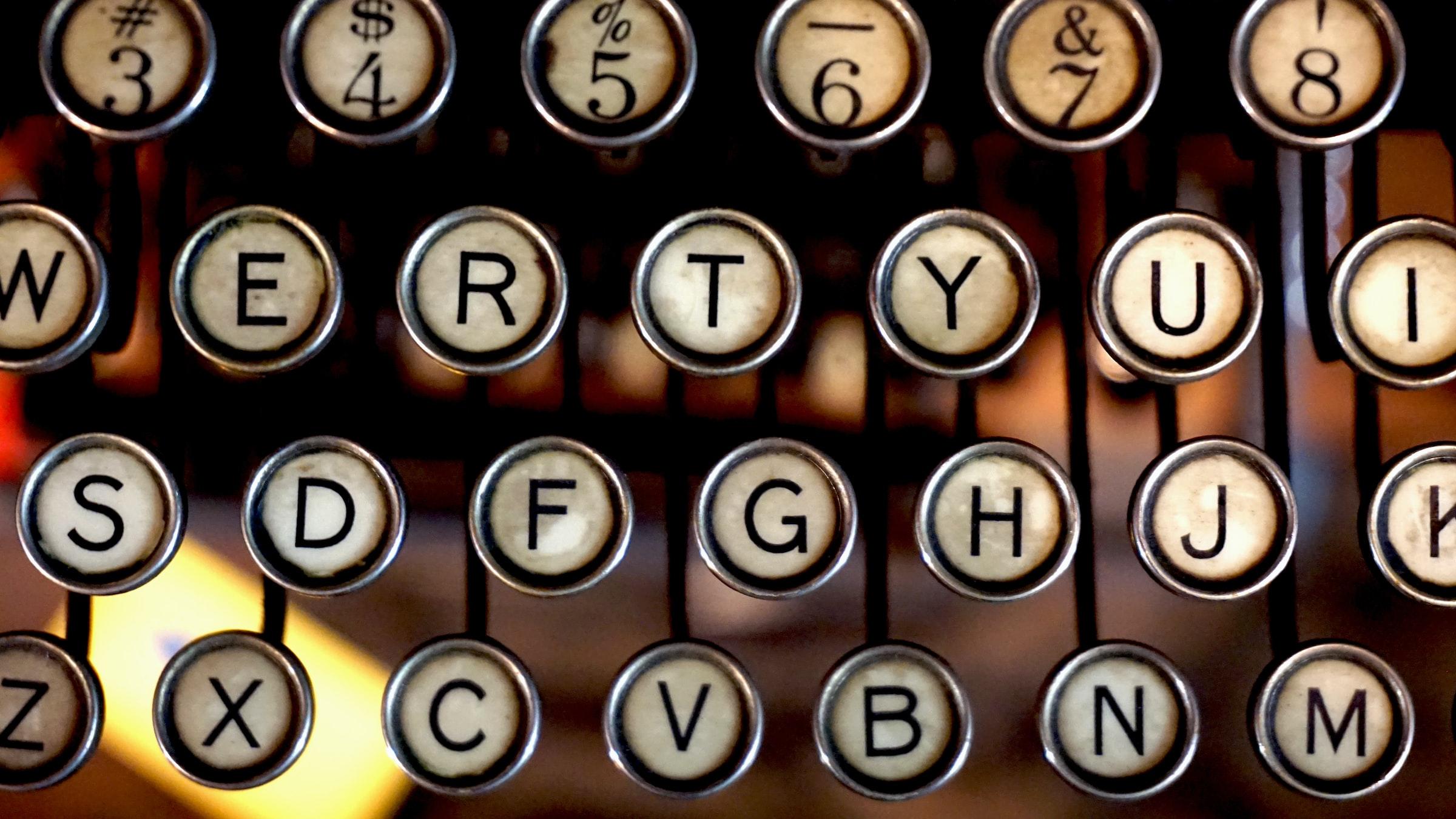"It does not matter how slowly you go as long as you do not stop." -Confucius
Learning a new language is a journey that isn't always easy and, at times, can be quite strenuous. However, if you want to become fluent in another tongue, you just have to get started, with the right tools and the right advice. Therefore, don't be afraid, if you put the right effort forth, the Korean alphabet can be learned in just a few hours!
With over 77 million Korean speakers worldwide, it remains one of the world's most spoken languages. Therefore, a great investment of time will open up many doors to fantastic opportunities.
So, without further delay, the purpose of today's article is to help learners garner an appreciation for the history of the Korean language, the 24 characters that make up the Korean Hangul, and additional points such as how Korean can be learned with a tutor. Here we go: 갑시다!

What's the History of the Korean Language?
The Korean alphabet is the linguistic basis for writing, reading and speaking. Its creation dates back to the 15th century and is credited as being invented by King Sejong the Great.
The Korean alphabet, also called "hangeul", has undergone many phases of transition. Such as? Let's consider three key phases of change:
- Creation and Expansion: in the 15th century, King Sejong the Great surrounded himself with scholars of Confucian tradition to write and promulgate the Hunmin Jeogeum on October 9, 1446. It aimed to theorise Korean writing based on hanja, the classical Chinese system.
- Prohibition: from 1504 to the beginning of the 19th century, Korean Hangul was banned on Korean territory, due to a decision by the then king, Yeongsangun.
- Rehabilitation: from 1894, the Japanese administration imposed the abolition of traditional Chinese in administrative documents. In 1945, Hangul became the official alphabet used in South Korea.
Though Hangul experienced many changes between 1446 and 1933, it's now much more established and has been the language spoken, written, and read in South Korea for various decades. The Korean Hangul has helped generate a sense of identity in Korea, which is expressed through its simple and accessible alphabet. For people to see how great Korean Hangul is, it's been the subject of a national holiday that takes place on October 9 in South Korea and January 15 in North Korea.
Also, it's worth saying that unlike Chinese or Japanese, which are considered difficult languages to learn, Korean is not.
But, what does Hangul mean? While it can be interpreted as "the grand script or language", it also means "hangeul" (諺文) "script or language of proverbs."
Learning Korean: What are the 24 Characters All Learners Should Know?

What makes up the Korean alphabet? Well, it's 40 letters and 24 characters. Between consonants and vowels, it's a bit different from the Latin alphabet and new learners may struggle with this fact. For instance, it is not always easy to read this language and completely understand it.
Let's analyse the vowels and consonants that make up the Korean language. The vowels are listed below:
- ㅏ: [a]
- ㅑ: [ya]
- ㅓ: [eo]
- ㅕ: [yo]
- ㅗ : [ô]
- ㅛ : [yô]
- ㅜ : [ou]
- ㅠ : [you]
- ㅡ : [eu]
- ㅣ: [i]
But, what about the consonants? There are 14 of them and let's take a glance at them in the following list:
- ㅇ: [ng]
- ㄱ: [gu]/[k]
- ㄴ: [n]
- ㄷ: [d]/[t]
- ㄹ : [r]/[l]
- ㅁ : [m]
- ㅂ : [b]/[p]
- ㅅ : [s]
- ㅎ : [h]
- ㅈ : [dj]
- ㅍ : [p]
- ㅋ : [k]
- ㅌ : [t]
- ㅊ : [tch]
It's worth stating that when the alphabet was invented by King Sejong the Great, he explained the formation of the letters as being a representation of the mouth and the principles of Yin and Yang, as well as the natural elements of life such as the Sun or the Earth.
Another interesting aspect of the Korean alphabet is its diphthongs. But, what are diphthongs? In addition to vowels and consonants, Korean has diphthongs, which are two vowels joined together. The mastery of diphthongs is done quickly because it is similar to what you have already seen.
The following list shows the 13 diphthongs to know and memorise:
- ㅑ[ya]
- ㅕ[yo]
- ㅛ[yô]
- ㅠ[you]
- ㅖ[yé]
- ㅒ[yè]
- ㅘ[wa]/[oi]
- ㅙ[wè]/[oè]
- ㅚ[wé]/[oé]
- ㅝ[wo]
- ㅞ[wé]/[oué]
- ㅟ[wi]
- ㅢ[eui]
If you take the time to practice the consonants, vowels, and diphthongs of Korean, you'll be golden!

Learning Korean: How Can I Master the Pronunciation of the Letters?

Do you wish you knew how to pronounce certain words in Korean? Look no further, we've got you covered!
Take a look at how the following Korean characters are pronounced:
- ㅏ is pronounced [a] as in apple,
- ㅑ is pronounced [ya] as in yak,
- ㅓ is pronounced like an open o as in the word port,
- ㅕis like [yo],
- ㅗ is said like a closed [ô] such as a moat,
- ㅛ, [yô] as in Yoda
- ㅜ is the French equivalent of [ou] as in sweet
- ㅠ is said you as in Yugoslavia,
- ㅡ is the most difficult vowel to pronounce but it's like [eu] from the word sure,
- ㅣdo [i] as in the word prairie.
Now that we've covered vowels, let's take a look at consonants in the following list:
- ㅇ pronounced [ng],
- ㄱ is pronounced between [gu] and [k],
- ㄴ is pronounced [n] wherever it is placed, as in nap,
- ㄷ makes the sound between [d] at the beginning of a syllable and [t] at the end of it,
- ㄹ sounds close to [l] wherever it is placed in the syllable, as in lunar,
- ㅁ is said [m] as in a mill,
- ㅂ makes a sound halfway between [b] and [p],
- ㅅ is pronounced [s], as in smile but pronounced [sh] depending on the placement,
- ㅈ makes a sound between [dj] and [tch], as in jean,
- ㅊ makes the [tch] sound like cha-cha,
- ㅋ is pronounced [k] as in koala,
- ㅌ is said [t] as tug or tear,
- ㅍ is pronounced [p] as in polar bear,
- ㅎ makes the same sound as our [h].
Although the previously mentioned lists are extremely beneficial in helping you master pronunciation, it's worth stating that we highly recommend the use of educational YouTube videos that feature native teachers.
To remember Korean letters, the ideal is to repeat them to yourself several times, especially aloud, which will allow you to familiarize yourself with their sounds.
How Can I Learn the Korean Hangul with a Tutor?

Hiring a Korean teacher when learning Hangul is a brilliant idea that should strongly be considered. For instance, they will teach you the exact pronunciation of the letters. They will also examine your unique difficulties in remembering the alphabet and provide great tips to grasp everything more accurately.
While there are YouTube videos and self-paced guidebooks, it is much easier and faster to rely on a Korean teacher.
Even though you have to put in hard work, you will be "secure" and guided throughout your learning of Korean Hangul. There are just so many advantages to hiring a private tutor and the following list features a few:
- A tutor finds the resources to make you assimilate the basic letters of the Korean Hangul,
- A professional Korean tutor will analyse the best method to make you memorise new words and letters,
- A Korean tutor is the one who will give you the program and tell you when to revise and what to use to make the process more efficient.
Browse the Superprof site to search for tutors that are best suited for you.
How Can I Learn Korean Letters More Quickly?
When learning a new language, we all ask ourselves the same thing, how can I learn the basics more quickly? Well, without further ado, the following list features 10 tips to acquire an understanding of the Korean Hangul alphabet more rapidly:
- Understand the Logic of Hangul
- Learn the Pronunciation of Basic Korean Vowels
- Learn Compound Vowels
- Practice Speaking Korean Vowels Out Loud
- Learn the Basic Consonants
- Memorize the Double Consonants ASAP
- Take Time to Assemble Sounds and Letters that are Similar
- Write Down Korean Letters to Memorise
- Start By Reading Simple Words in Korean
- Take it Step by Step
It's worth stating that by employing the previously mentioned methods, certain students have been able to memorise the Korean alphabet. With the right motivation and diligence, that could be you too!
In conclusion, don't forget to take the learning process step by step: learning Korean is a journey, not a race. Happy studying!

















